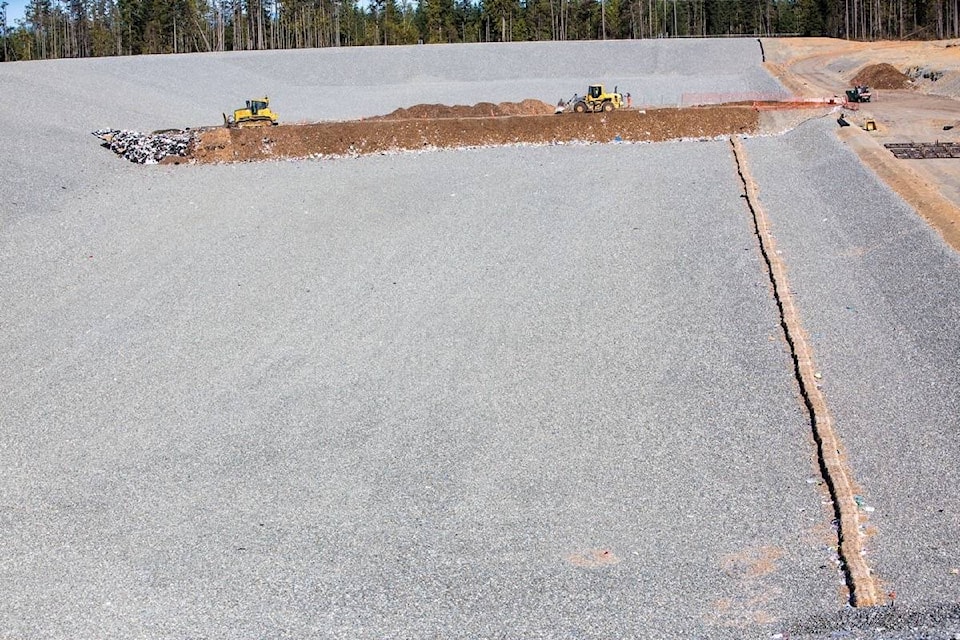It costs about $77 per tonne to continue burying garbage, but the CVRD says landfilling is still the most cost-effective way to dispose of waste.
District staff and elected officials have been assessing technologies to deal with solid waste disposal. When comparing total disposal costs and increased capacity, they have considered 30-, 40- and 50-year time frames for technologies that have been considered.
“In each situation, the landfilling process was still the more cost-effective way of dealing with waste,” said Andrew McGifford, senior manager of CSWM (Comox Strathcona Waste Management) services, Friday at the inaugural meeting of the Solid Waste Advanced Technology (SWAT) Select Committee.
Sustane Technologies, which is building a plant in Nova Scotia where solid wastes will be transformed to fuels and recyclable materials, offers the lowest cost option of technologies considered.
“When it’s operating, it removes the equivalent of 186,000 tonnes of carbon,” former Area B director Rod Nichol said in an interview. “That is equated to removing 41,000 cars permanently off the road, every year.”
Nichol said Sustane also removes 99.9 per cent of plastic from garbage.
Still, McGifford said the technology remains more expensive than landfilling. He notes that landfills use about 12 employees, while Sustane and other technologies are proposing to use 18 to 25 workers.
“Correct me if I’m wrong, Sustane talked about building the plant themselves on our property, so why would it be labour intensive to us? It would be their employees,” said Gold River director Brad Unger, noting “huge carbon credits” associated with Sustane technology.
“Even with Sustane operating and taking the waste, we will still need to keep or maintain a landfill for some purpose,” CVRD CAO Russell Dyson said.
Unger is one of six SWAT members who sit on the CSWM board. The others are Courtenay director Will Cole-Hamilton, Comox director Alex Bissinger, Area B director Arzeena Hamir, Campbell River director Charlie Cornfield and Jim Abram, Area C director for the Strathcona Regional District. Cornfield was elected SWAT committee chair by a draw from a hat after a split vote with Cole-Hamilton.
Hamir asked if staff have accounted for gases emitted when the end product is burned, be it pellets or diesel.
“Did we account for any end product emissions with the Sustane model?” she said.
“No, not with this process,” McGifford said. “We’re looking at the methane creation, which is much more potent to the greenhouse gases.”
Abram notes the committee is mandated to consider matters relating to a review of Waste to Energy and other emerging solid waste technologies, and to develop a business case.
“That could be anything,” he said. “I don’t believe that we’re limited to just monitoring Sustane. What we’re trying to do is find other technologies that are better than what we’re using.”
Unger concurs.
“Are there other technologies out there? We have to keep looking. I don’t believe in continuing to put garbage in the ground. That’s not the answer.”
